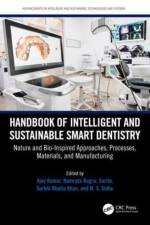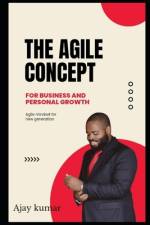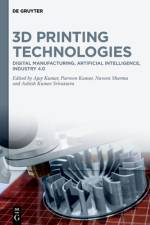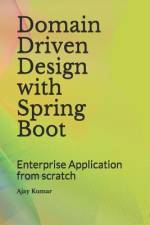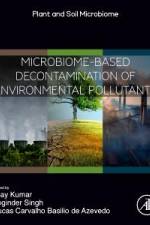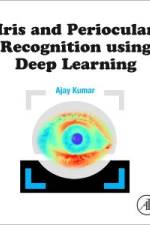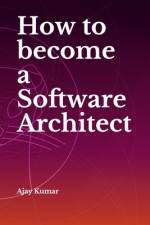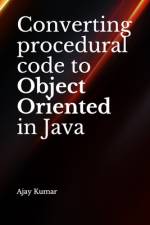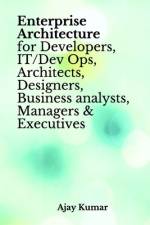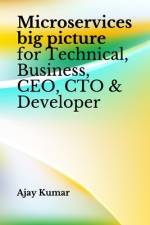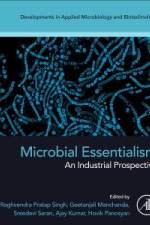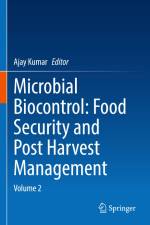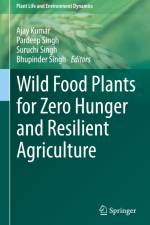- Tools, Principles, and Strategies
av Ajay Kumar
2 301
Intelligent and sustainable manufacturing is a broad category of manufacturing that employs computer-integrated manufacturing, digital information technology, flexible technical workforce training, high levels of adaptability, and rapid design changes. Other goals include fast production level changes based on demand, optimization of the production system, efficient production, and recyclability. This handbook provides a compiled knowledge of intelligent and sustainable manufacturing within the context of Industry 4.0. along with tools, principles, and strategies.Handbook of Intelligent and Sustainable Manufacturing: Tools, Principles, and Strategies offers recent developments, future outlooks, and advanced and analytical modeling techniques of intelligent and sustainable manufacturing with examples backed up by experimental and numerical data. It bridges the gap between R&D in intelligent and sustainable manufacturing-related fields and presents case studies and solutions alongside social and green environmental impact. The handbook includes a wide range of advanced tools and applications complete with modeling results and explains how different internet technologies integrate the manufacturing approach with people, products, and complex systems. By encompassing advanced technologies such as digital twin, big data informatics, artificial intelligence, nature-inspired algorithms, IoT, Industry 4.0, simulation approach, analytical strategies, quality tools, roots and pillars, diagnostic tools, and methodical strategies, this handbook provides the most up-to-date and advanced information source available.This handbook will help industries and organizations implement intelligent manufacturing and move towards the sustainability of manufacturing practices. It will also serve as a reference for senior graduate-level courses in mechanical, production, industrial, and aerospace engineering and a value-added asset to libraries of all technical institutions.



